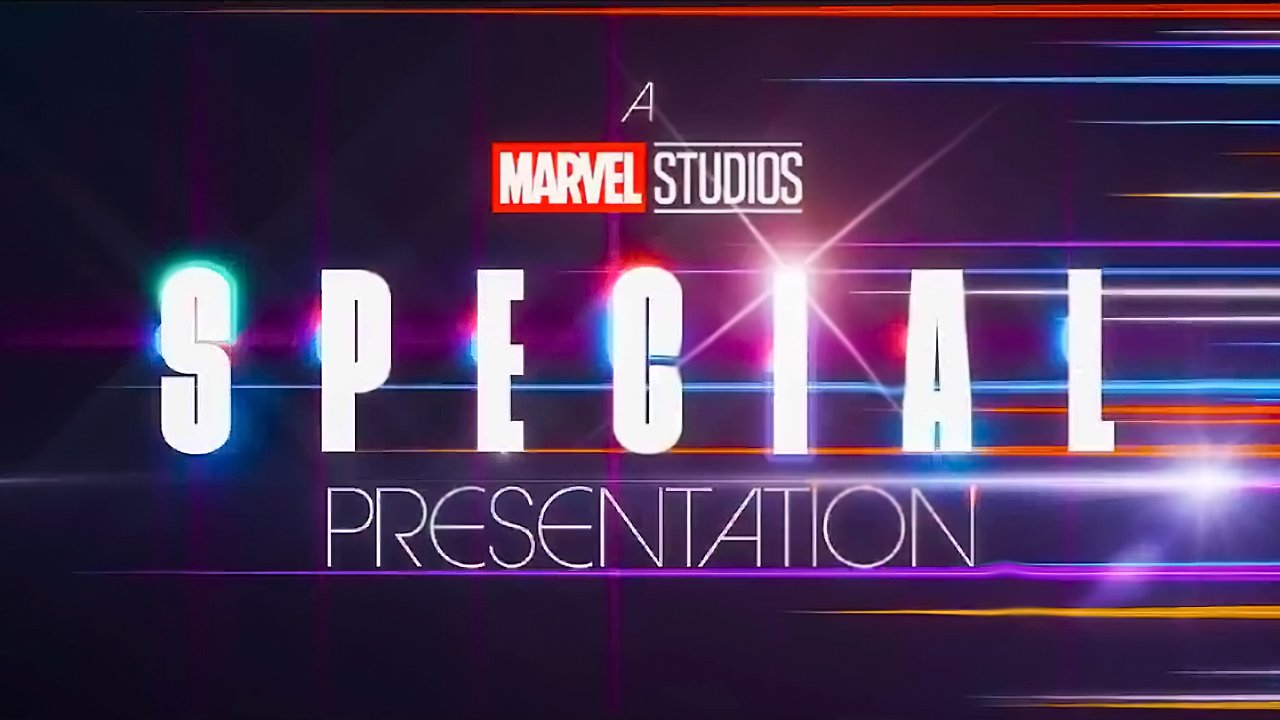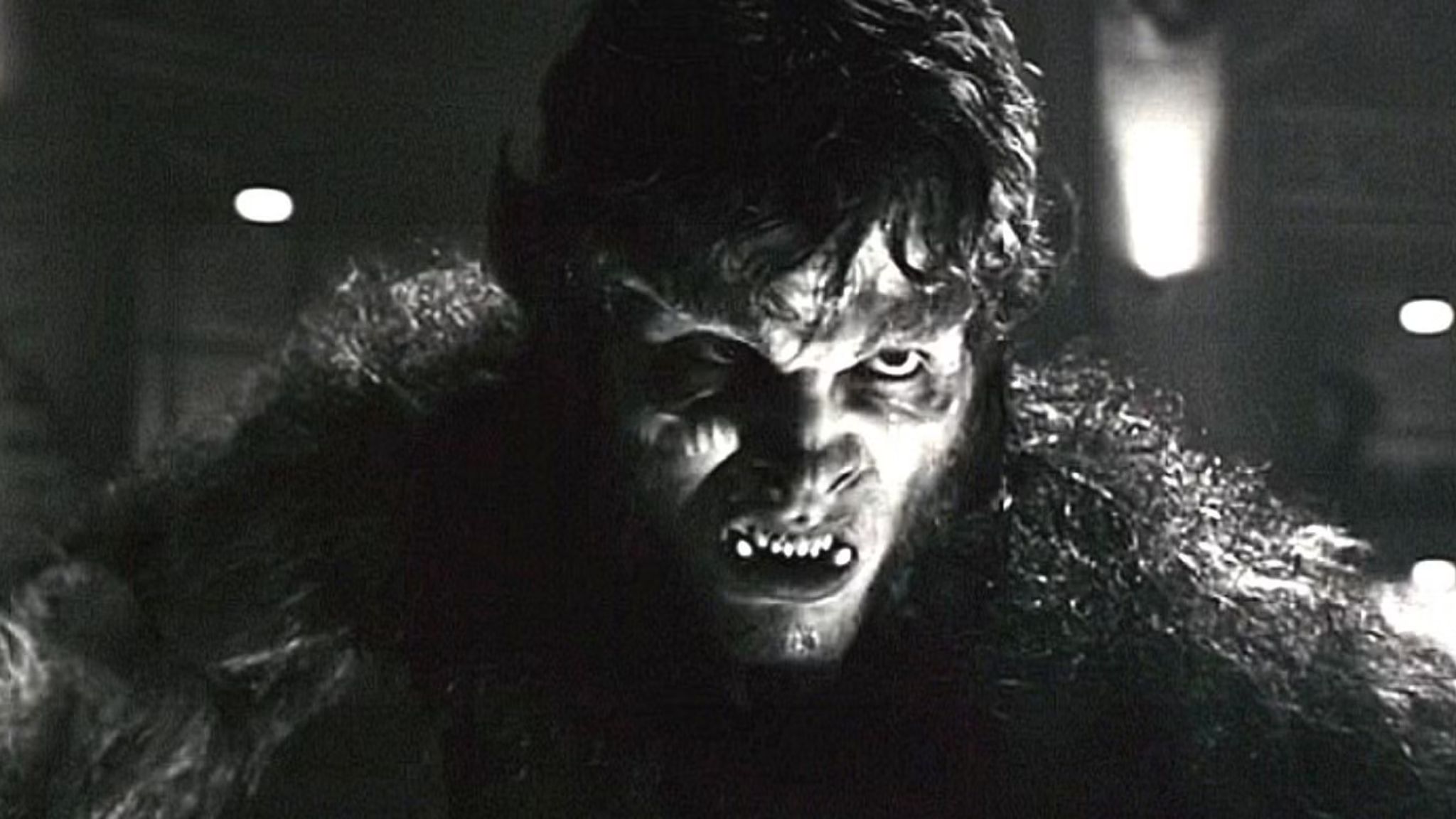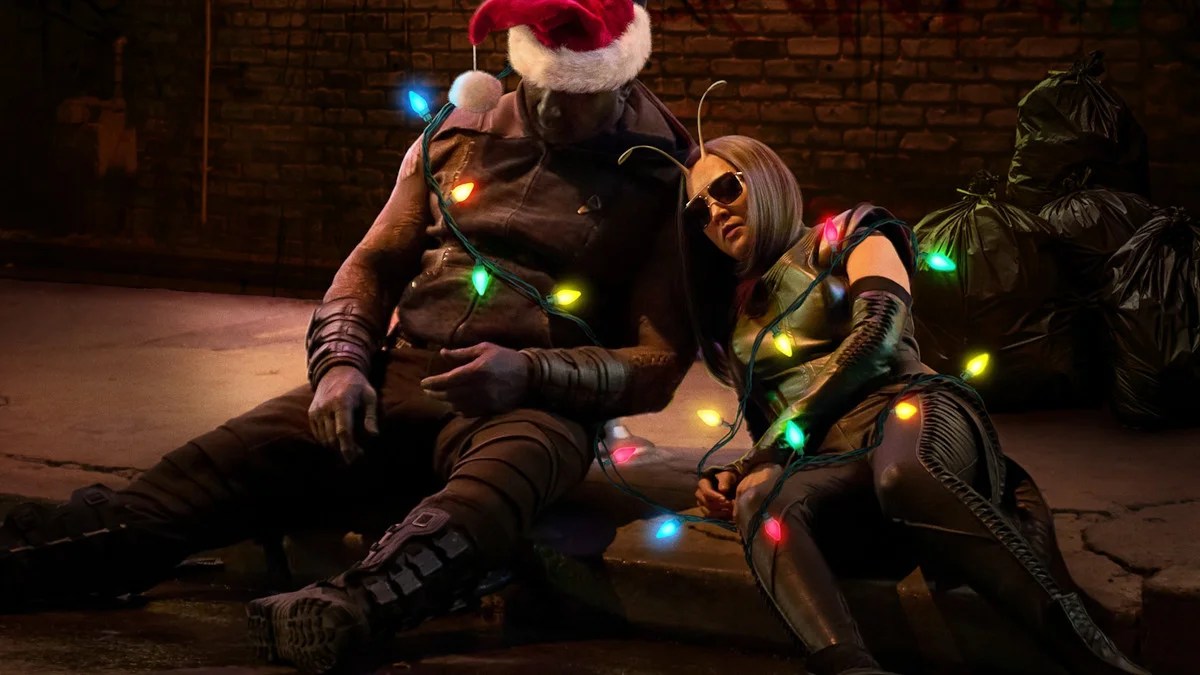
The rapid expansion of the Marvel Cinematic Universe following Avengers: Endgame has led to noticeable holes in its storyline continuity. As Disney+ shows join the mix and Netflix-era series become part of the canon, these narrative voids have only grown wider. Upcoming series like Daredevil: Born Again may help address some of these gaps by reintroducing characters such as The Punisher (Jon Bernthal), but significant periods, such as the five years between Avengers: Infinity War and Endgame, remain untold. Additionally, numerous crucial events in MCU history have yet to be fully explored. Although Marvel Studios could potentially fill these gaps with movies or TV series, the financial and logistical challenges of production make this a less viable option.
The responsibilities confronting Marvel Studios go beyond just organizing plotlines. Their movies are the most costly projects and need to primarily concentrate on moving the overall storyline towards future team-up events such as “Avengers: Doomsday”. On the other hand, Disney+ series demand substantial resources and time investments to create numerous episodes with substantial content, frequently leaving important story aspects like Wakanda’s reaction to the Snap or Luke Cage (Mike Colter) managing Harlem’s criminal underworld unexplored. Yet, Marvel has a clever solution at hand in their Special Presentations format, a tool they haven’t fully utilized despite its significant potential.
The Untapped Potential of Marvel’s Special Presentations

The Marvel’s Special Presentations format has shown its potential with only two launches so far. “Werewolf by Night” showed that these standalone films can introduce fresh dimensions of the MCU without needing elaborate infrastructure for universe building. On the other hand, “The Guardians of the Galaxy Holiday Special” showcased the format’s knack for filling the gap between main releases while offering a self-contained, fulfilling tale featuring big screen characters. However, these successes merely hint at the immense possibilities that Marvel Special Presentations might offer.
The format’s strength lies in its capacity to convey concise, focused stories without the high budget needs of traditional theater productions or the extended running times typical of streaming series. Special Presentations are particularly suitable for delving into character-centric narratives that may not necessitate large-scale productions but are essential in tracing the development of the MCU.
For example, a Special Presentation could delve into the backstory of Benedict Wong’s character becoming Sorcerer Supreme during the Blip; or depict Jessica Jones (played by Krysten Ritter) uncovering the rise to power of Wilson Fisk (portrayed by Vicent D’Onofrio) in the years preceding his MCU comeback. Additionally, a Special Presentation could offer some insight into Emily VanCamp’s character Sharon Carter becoming the Power Broker to help resolve one of the most convoluted MCU subplots. The possibilities are endless with Special Presentations, as they could also explore Captain Marvel’s (played by Brie Larson) various space exploits or the friendship that developed between Rocket (voiced by Bradley Cooper) and Nebula (portrayed by Karen Gillan) when every other Guardian was Blipped.
Confirmation by Brad Winderbaum, head of TV, streaming, and animation at Marvel Studios, that more Special Presentations are in the works indicates they see its potential. However, with Kevin Feige hinting that fans might need to wait until 2026 for the next one, it seems Marvel may not be fully utilizing this format’s full potential. This measured approach, while maintaining quality, overlooks many untold stories and narrative possibilities.
Special Presentations Can Help Build a More Diverse MCU

Beyond the storytelling benefits, Special Presentations also provide distinctive creative possibilities that neither films nor television series can replicate. Free from the constraints of large budgets typically associated with blockbusters or the need to adhere to episodic narratives, creators can explore innovative visual aesthetics and non-traditional storytelling frameworks. For instance, Marvel Studios demonstrated this flexibility when they employed classic black-and-white horror motifs in Werewolf by Night.
A shorter runtime for Marvel productions offers them the freedom to experiment with creative ideas that might not succeed in longer formats. This flexibility allows them to venture into unexplored realms such as pocket universes, delve deeper into the mystical aspects of the multiverse, or share stories from various perspectives within the cosmos without becoming too repetitive. Moreover, instead of diving headfirst into full-length series or films, Marvel can test audience reactions to ideas like the Midnight Sons, Squadron Supreme, or Heroes for Hire by releasing focused specials first.
Embracing this method opens up opportunities for innovative narrative exploration, reducing potential financial setbacks. The triumph of “Agatha All Along” underscores Marvel’s strength in allowing each production to carve its own path. Therefore, it seems prudent to allocate resources towards Special Presentations that demonstrate the MCU’s rich creative variety. This strategy could aid in rebuilding audience confidence following a series of projects with mixed success.
In cinemas starting Valentine’s Day, we have the next chapter of the MCU titled “Captain America: New World Order,” while the highly anticipated series “Daredevil: Rebirth” will premiere on Disney+ on March 4th.
Read More
- DGB PREDICTION. DGB cryptocurrency
- Blockchain is the best fintech to ensure Sharia ethics — Web3 exec
- BONE PREDICTION. BONE cryptocurrency
- INJ PREDICTION. INJ cryptocurrency
- Ariana Grande teases an “attachment” to seventh album Eternal Sunshine
- LDO PREDICTION. LDO cryptocurrency
- POL PREDICTION. POL cryptocurrency
- DUSK PREDICTION. DUSK cryptocurrency
- BTC vs ETH ETFs: Why investors are favoring Bitcoin right now
- EUR INR PREDICTION
2025-01-29 02:13